Citizens' Investigation
A participatory journalism and crowdsourcing project launched by the world-renowned Chinese artist Ai Weiwei on his personal blog. The project aims to discover the number and the names of the schoolchildren who died in the 2008 Sichuan Earthquake.
What is it?
On May 12th, 2008, an 8 Richter-scale earthquake occured in Sichuan province, China. Among the many dead were over 5,000 schoolchildren.
"To remember the departed, to show concern for life"
Artist Ai Weiwei traveled to the disaster zone to document the post-quake situation with his camera. He wanted to obtain more information about the death toll and the names of the children, but local officials obstructed his investigation.
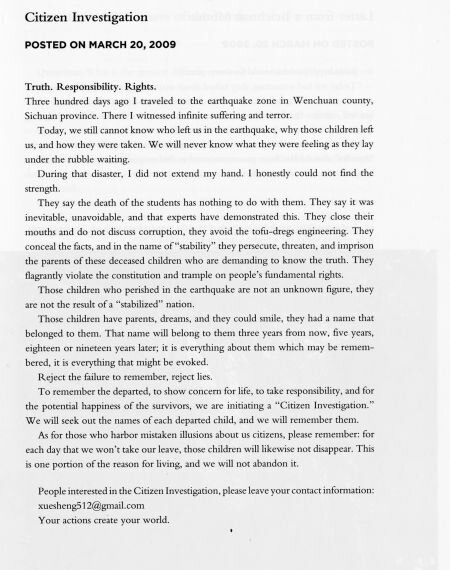
In response to the government’s lack of transparency, and suspecting that poor construction of school buildings caused by corrupt local authorities led to the high death toll among children, Ai started an investigative journalism project to uncover the truth.
In a blog post titled "Citizen Investigation" on March 20th, 2009, he wrote: "To remember the departed, to show concern for life, to take responsibility, and for the potential happiness of the survivors, we are initiating a citizen investigation." Issuing an open call for citizen participation, Ai succeeded in recruiting around 100 volunteers on-line for the investigation.
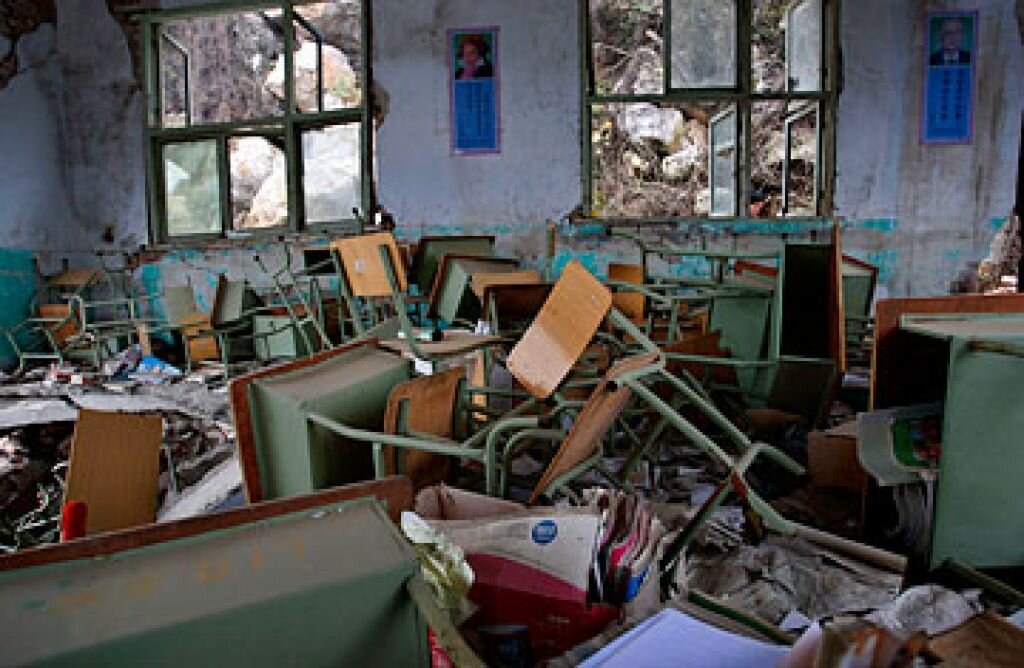
How does it work?
In 2006, Ai Weiwei started blogging on Sina.com, a major Internet company in China. He used his blog as a daily journal for commentary on cultural, political, and social affairs relevant to contemporary Chinese society.
After the Sichuan earthquake, Ai began to use the blog more actively as a tool for public and activist journalism in the service of the Citizens' Investigation project. On the blog he reported regularly on the investigation and its progress, but also on the difficulties that his team experienced while conducting research on the list of child victims, including threats and obstacles posed by the local authorities and the police.
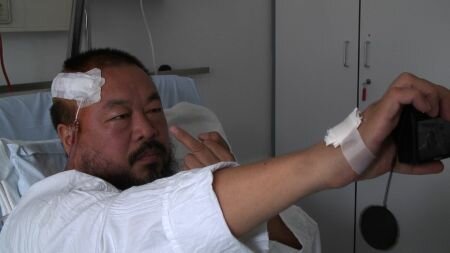
After the Chinese government shut down his blog, Ai swapped to microblogging sites such as Sin Weibo and Twitter (blocked in China), which he likewise exploited as new methods of documenting and reporting stories related to the earthquake and beyond. He also used Weibo and Twitter to record and distribute images of his emergency surgery for a brain hemorrhage caused by a police assault in Sichuan's capital city Chengdu, and of the complaint he filed afterwards with the police. Ai has stated that he likes Weibo’s/Twitter's "promptness" and its ability to reach large audiences.
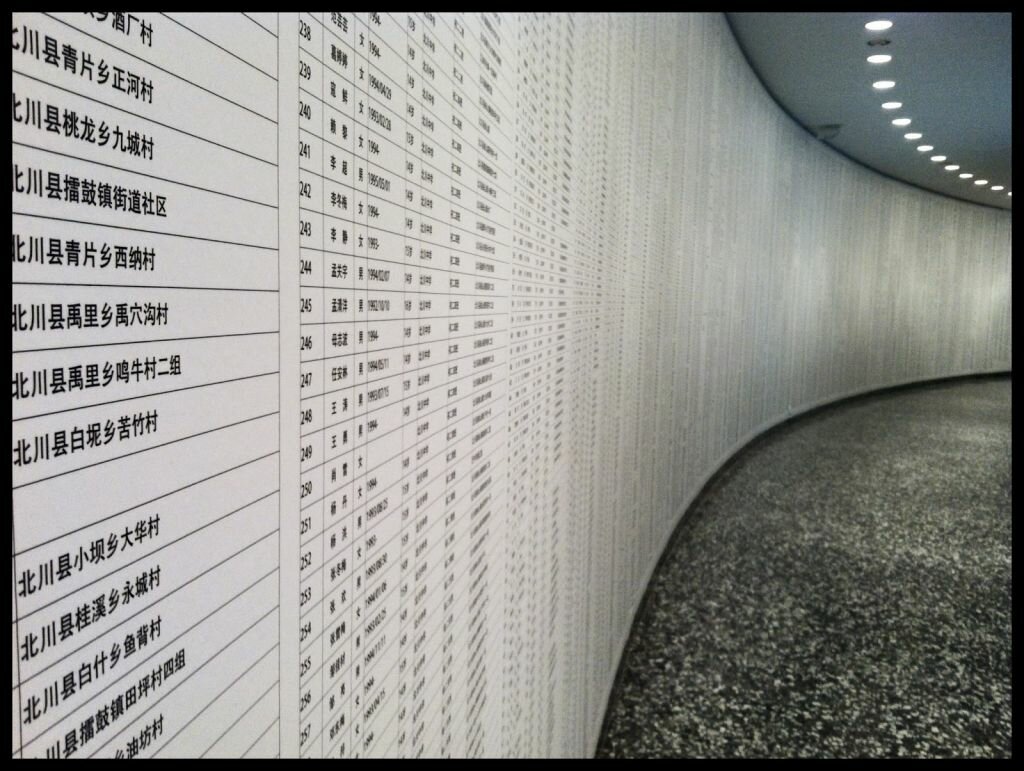
Why did they make it?
Ai Weiwei began Citizens' Investigation to remember the children who perished in the Sichuan earthquake, and to console the parents who lost them. Besides this act of remembering through an assembled name list of the departed children, he has called upon the government to take responsibility.
As he stated forcefully on his blog: "They say the death of the students has nothing to do with them. They say it was inevitable, unavoidable (…) They close their mouth and do not discuss corruption..."
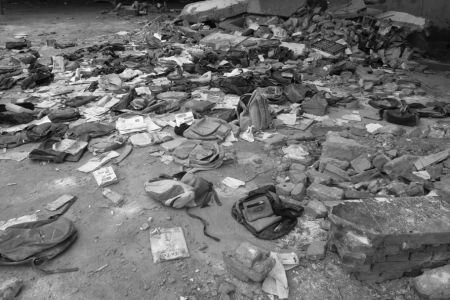
More specifically, Ai wanted the Chinese government to take responsibility for the sub-standard engineering of the schools. Ultimately, the artist addresses the lack of democracy in Chinese society and the dismissal of basic human and political rights by an authoritarian government.
Through Citizens' Investigation, Ai aims to increase people's political engagement, and to provide them with research tools and alternative means of on-line communication to share information and bring about change.
What is the impact?
Citizens' Investigation marks a turning point in Ai's life, work, and mission. He has used the outcome of the project for highly visible public artworks, to begin with So Sorry, his solo exhibition in the Haus der Kunst (Munich, 2009).
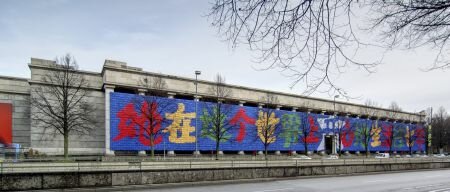
The centerpiece of that show was Remembering, made of 9000 children's backpacks running over the museum's front facade, which together spelled out “She lived happily in this world for seven years" (a quote of a mother on Ai's blog).
Ai also published several YouTube documentaries on Citizen's Investigation - such as the video about Chinese lawyer Tan Zuoren's court case (2009) and the film So Sorry (2010) - distributing the links through Twitter. The entire project was also documented in Alison Clayton's documentary film Never Sorry (2013).
Another major project by Ai is Remembrance, a Twitter campaign featuring the voice recordings of 3444 followers reciting the names of 5205 children confirmed on the death list.
After Citizens' Investigation, Ai became a leading political activist and prominent Chinese dissident, leading to his house arrest (2010), imprisonment (2011), and foreign travel bans (2012).
As an outspoken critic with an international reputation, he continues to voice criticism of China's censorship, lack of democracy and political freedoms, and violation of human rights. While Ai is renowned in the West for both his artistic accomplishments and his political activism, the Chinese government persecutes him in his home country.
Why did we select it?
It is an inspiring example of the effective use of social media for participatory investigative journalism. Ai has experimented creatively with new media tools and energized public journalism by giving people in China an active role in collecting, reporting, analysing, and disseminating news and information on the Sichuan Earthquake.
Ai Weiwei has influenced the transformation of journalism in China and worldwide
He did so by his particular "brand" of art at the intersection of social and political activism, aided by the Internet. His citizen journalism is an effective alternative and activist form of news gathering born out of social uprisings and discontent with mainstream media in the context of a modern authoritarian state in which censorship is all-too-common.
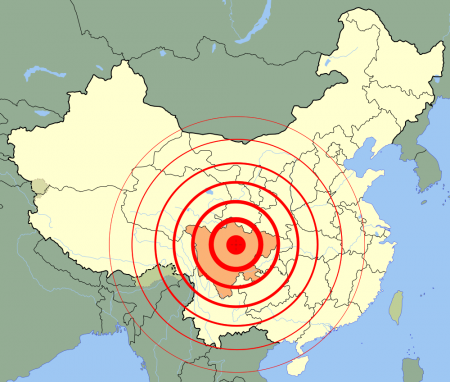
The artist-activist Ai Weiwei informs and reaches out to Chinese citizens via SNS's to mobilise people through crowdsourcing and crowdfunding. Like other instances of citizen journalism today (the Arab Spring, the Occupy movement, the Turkish protests on Taksim Square, etc.), Ai shows that online media provide powerful new tools for promoting active citizenship and investigating social injustice in the public sphere.
Compare
"Fairytale" (2007) was the first art project for which Ai Weiwei used crowdsourcing via the Internet.